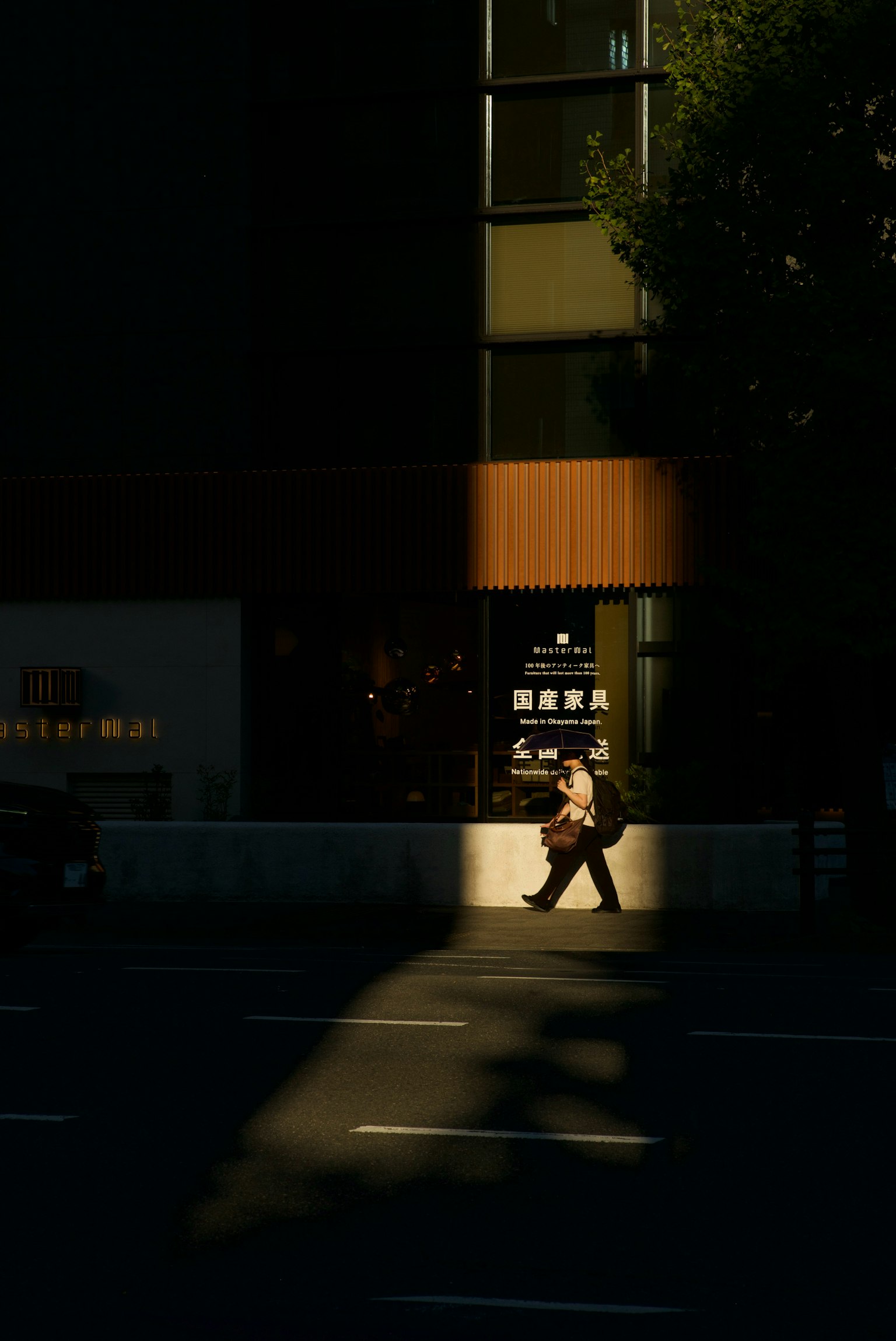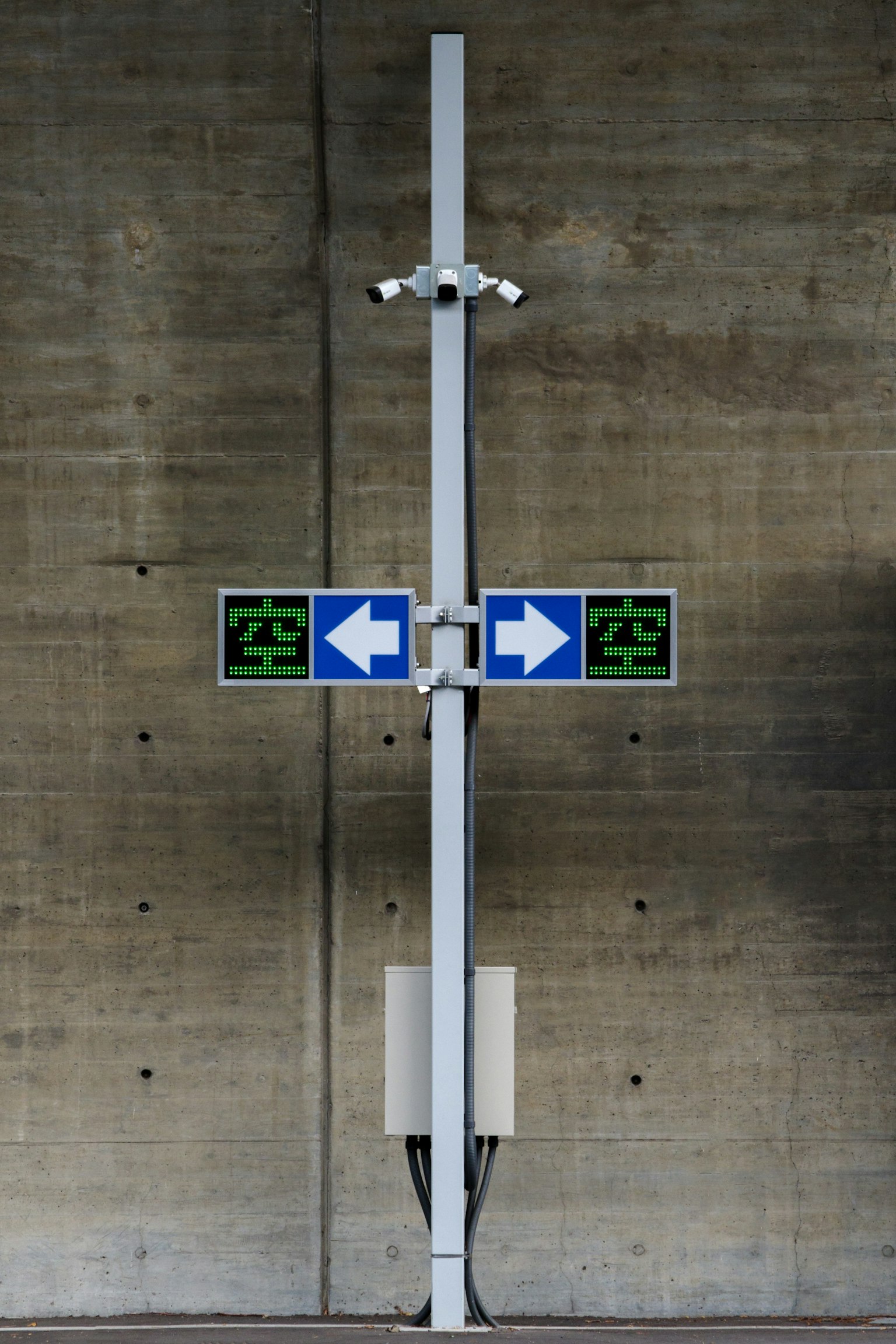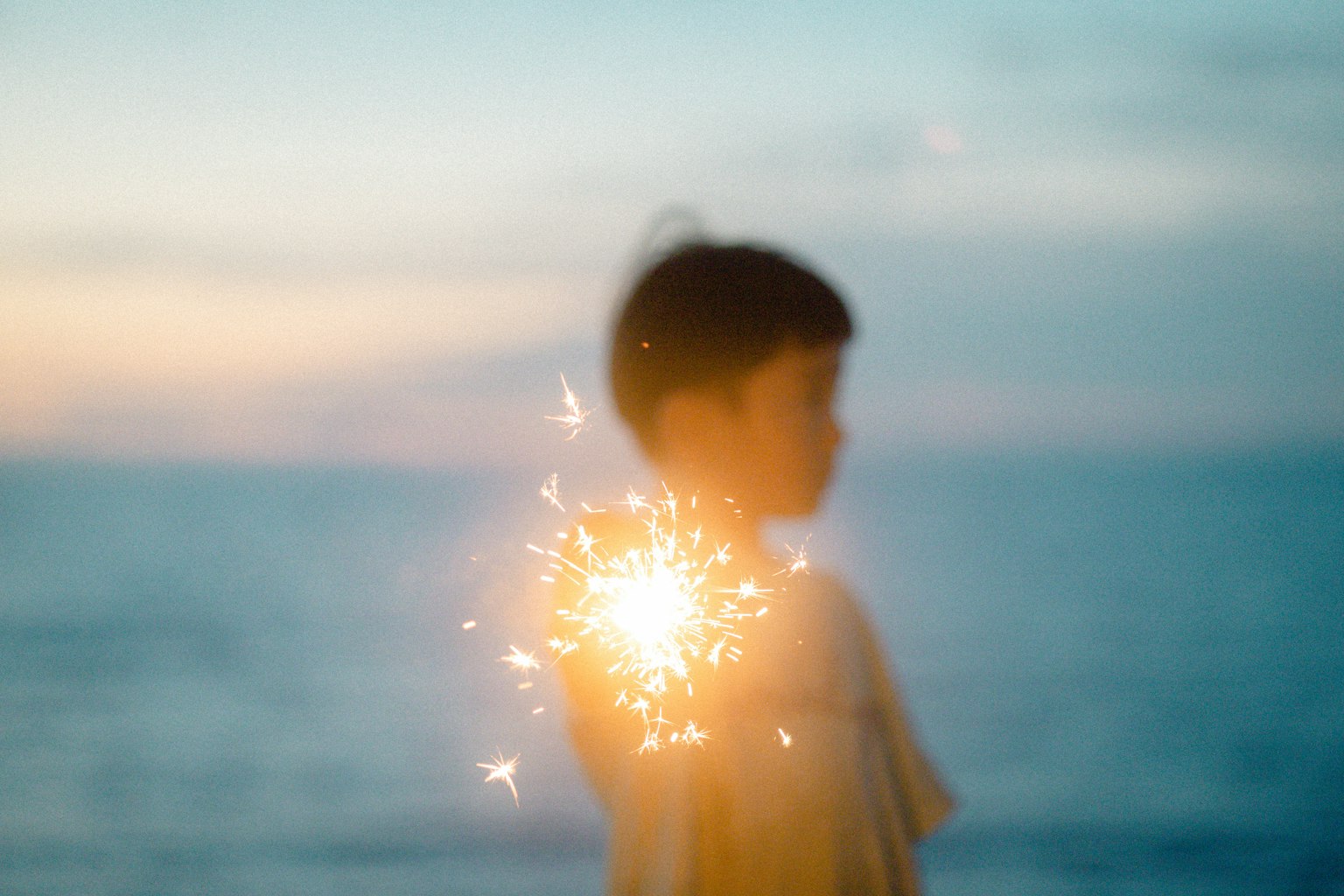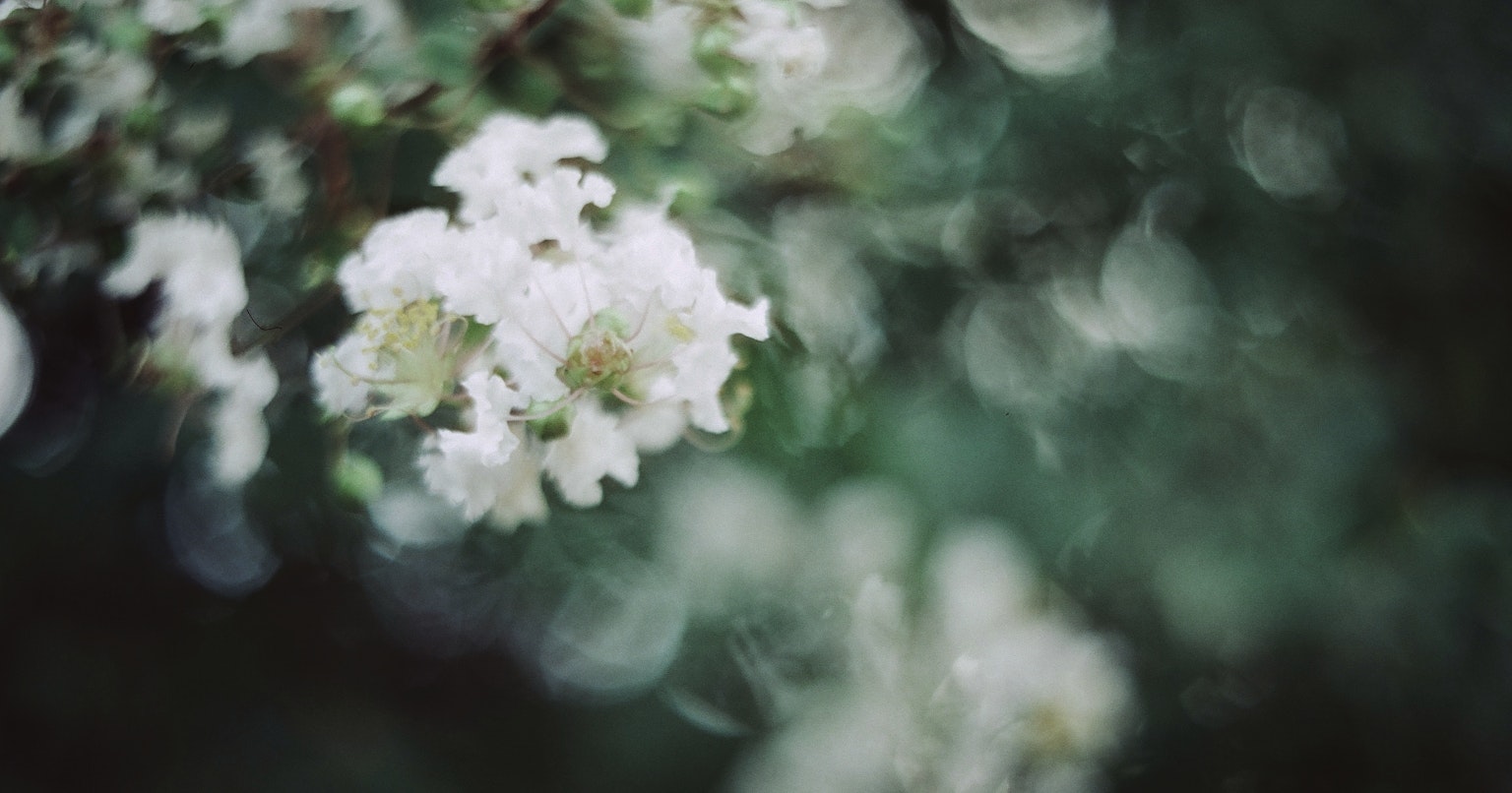The Neuroscience in Photography: Creating Emotions and Stories through Visual Effects | Knowledge #134

Cover photo by meg
Photography is not just a visual art form; it is a powerful communication tool that directly engages the viewer's brain. Creators can use composition, light, and color to perform 'visual hacking' that evokes unconscious reactions. The brain processes visual information in layers, resulting in emotions, stories, and symbolism. This article explores how the brain perceives and reacts to photographs, revealing the depth of visual art.
Capturing Attention: The 'Attention Layer'
When viewing a photograph, the first elements that attract the eye are brightness, contrast, and motion. These are processed in the 'Attention Layer,' instantly capturing the viewer's attention. Visual information is initially processed in the retina, then passes through the LGN (lateral geniculate nucleus) to the V1 (primary visual cortex). At this stage, the brain organizes general visual information and highlights important parts. The SC (superior colliculus), part of the 'lizard brain,' reflexively directs gaze based on motion and light changes.

To effectively utilize the 'Attention Layer,' it's crucial to skillfully arrange contrast and brightness within the photograph and incorporate dynamic elements.
Providing Order: The 'Organization Layer'
Next, the brain begins processing visual information at a higher level, where the 'Organization Layer' plays a key role. In the V2 (secondary visual cortex), shapes, contours, symmetry, and motion are analyzed, and spatial relationships and depth are perceived via the Dorsal Stream. This is where compositional rules like leading lines, the rule of thirds, and the golden ratio are applied. Curves and framing that naturally guide the eye, along with depth-conscious arrangements, stimulate spatial awareness and bring order to the photograph.

Diagonal lines and the placement of subjects that suggest depth provide spatial meaning to the viewer's brain, making the photograph feel more three-dimensional.
Appealing to Emotions: The 'Emotion Layer'
In the 'Emotion Layer,' the focus is on how photographs affect the viewer's emotions. At this stage, visual information elicits emotional responses based on past experiences and cultural backgrounds. For example, soft light and warm colors create a calm and comforting atmosphere, while strong light and cool tones evoke tension and drama.

In addition to the use of color and light, texture also influences emotions. Rough textures in the background can evoke anxiety or tension, while smooth textures in subjects can convey calmness and stability. The brain uses this information to trigger emotional responses, allowing the viewer to deeply connect with the photograph.
Weaving Stories: The 'Narrative Layer'
Beyond evoking emotions, photographs also engage the viewer's brain in perceiving stories and meanings through the 'Narrative Layer.' At this stage, the brain constructs relationships and narratives among elements in the photograph based on visual cues. The placement of people, the direction of their gaze, and the space between subjects are crucial clues for the brain to interpret stories. Background elements and props complement the narrative, providing coherence to the entire photograph.

The brain quickly assesses how a visual scene unfolds or what events are implied, naturally sensing the story hidden within the photograph.
Exploring Symbolism: The 'Symbolism Layer'
The deep impression a photograph leaves on the viewer is significantly influenced by the symbols and symbolism within the 'Symbolism Layer.' The brain interprets visual elements not just as objects but as abstract concepts or symbols. A tree might symbolize life and growth, while the sky could represent freedom and hope. At this stage, symbolic meanings are attributed to objects and colors in the photograph based on cultural backgrounds and personal experiences.

Using contrasting elements like light and shadow, or youth and age, can convey abstract themes or messages. The brain interprets these symbols, seeking to understand the deeper meanings or messages embedded in the photograph.



